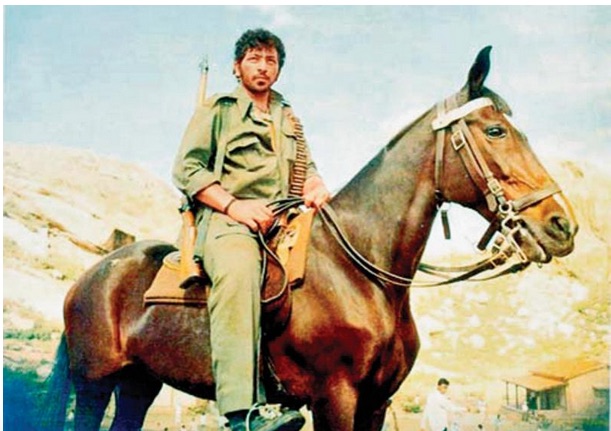
On a recent visit to Kolkata, I went in search of a writer of “anti-stories,” Subimal Misra. Misra is an unusual writer, not only because he has avoided the limelight but also because he is has found a form that contests narrative conventions. He has said during an interview: “While watching Sholay, I only wanted to know the name of Gabbar Singh’s horse.” Here is my latest “The Bookist” column for HT Brunch:
I wanted to meet him. The problem was that I had been told he doesn’t see anyone. He is also quite sick, an invalid, confined to his bed. But I had a piece of paper with his address on it and I was standing at his doorstep in an ordinary housing estate near Jinjira Bazar on the fringes of Kolkata.
His name is Subimal Misra. He writes his stories in Bengali; over the last few years his work has appeared in English translation. When I read him for the first time, I saw that his stories rebelled against dominant literary conventions. His stories were anti-stories, a violent mix of fragmentary narratives and essays, even statistics, juxtaposed together to deliver a shocking statement. “The bloodier the Naxalite movement in West Bengal grows, Vidyasagar’s visage gets chopped off again and again, and the more the pavements of Kolkata become infested with sex-magazines.”
It was revealing that the first of his translated works carried the following dedication: “To Jean-Luc Godard, who taught me language.” Like the French filmmaker, Misra offered a montage of images. In one of his celebrated stories, the rotting corpse of a peasant’s wife keeps appearing in unlikely places, including inside the crate that has brought Gandhi’s golden statue from America.